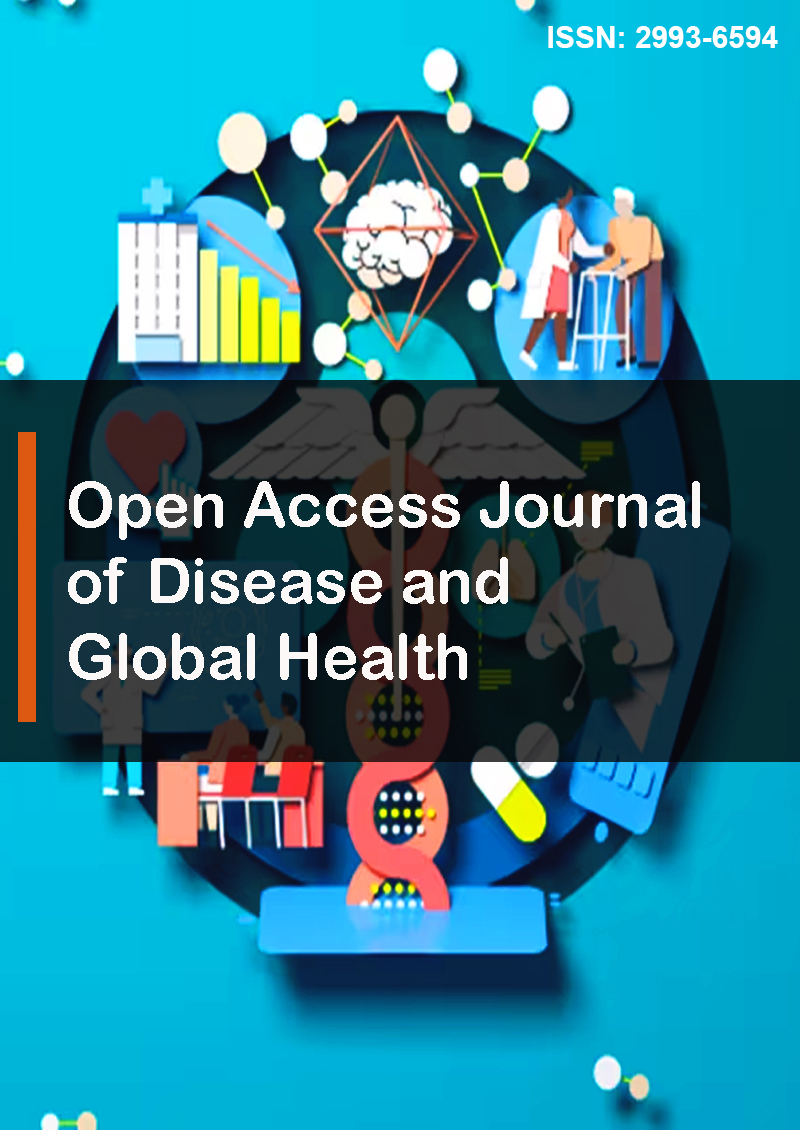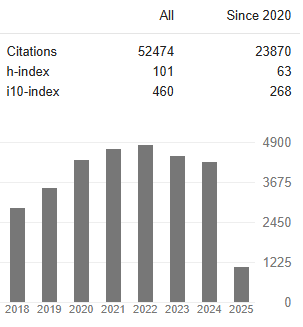Exploring a Moderation Analysis in the Interactive Relationship between the Determinants of ITN use in Ghana. A Multi-Level Analysis Based on the DHS 2019 Malaria Indicator Survey
Abstract
Kelvin Edem Awoonor-Williams
Background: Insecticide-treated mosquito net (ITN) use is considered a highly efficient vector-control strategy for reducing malaria transmission and while this tool is widely available in vast malaria-endemic areas, there is still a gap in determining its effective use given household access and ownership. Malaria analysis posits that although the availability of ITNs in a household is a prerequisite for use, it does not determine its effective use. Rather, the determinants of ITN use are a result of the complex interplay of factors at the various socioecological levels (i.e., the individual, household, community, and net levels). These complexities are context-specific and shape the behavioral choices of ITN users. This study explores the context-specific factors associated with ITN use and focuses on the interactive relationships among the individual determinants of ITN use. A conceptual approach is developed to test the interactive effect of ITNs in the household on the relationship between the number of children under five years and ITN use by household members in Ghana.
Method: Survey data with a sample size of 10,997 were drawn from the Ghana 2019 Demographic and Health Survey and the 2020 Malaria Indicator Survey to analyse the interactive relationship among individual, household, community, and net level variables. The relationship between these variables was assessed in a multivariate setting via a linear regression model. A further analysis involved a moderation effect of the number of ITNs on the relationship between the number of children under five years and household members ́ ITN use using a single moderation model.
Results: From the data analyses, the number of children under five years was positively associated with household members' ITN use (OR = 0.29, p < .001), and the number of ITNs was negatively associated with ITN use (OR = -06, p < .05) and was positively associated with the number of children under five years (OR = .23, p < .05). Gender was positively associated with ITN use and the number of children under five years and negatively associated with the number of ITNs. Increasing age was associated with decreased ITN use, number of children, and number of ITNs respectively. An increasing wealth index was associated with decreased ITN use, the number of children under five years, and the number of ITNs. The region was not significant with ITN use but associated with the number of children under five years. Place of residence was associated with ITN use, number of children under five years, and number of ITNs. A moderation effect of the number of ITNs (OR = -.05, p < .001) on the relationship between the number of children under five years and household members' ITN use was reported.
Conclusion: The number of children under five years influenced household members ́ ITN use but this relationship was moderated by the number of ITNs in the household. The proportion of the number of children under five years was moderately different for a high and low household ITN availability whereby ITN use decreased with higher ITN ownership and increased with lower ownership. Future research should focus on more moderation analysis to better understand the complexity of interactions between individual, household, community, and net-level factors that determine ITN use. This might help to better understand and engage better-targeted action in increasing effective ITN use in households relevant to their needs.




